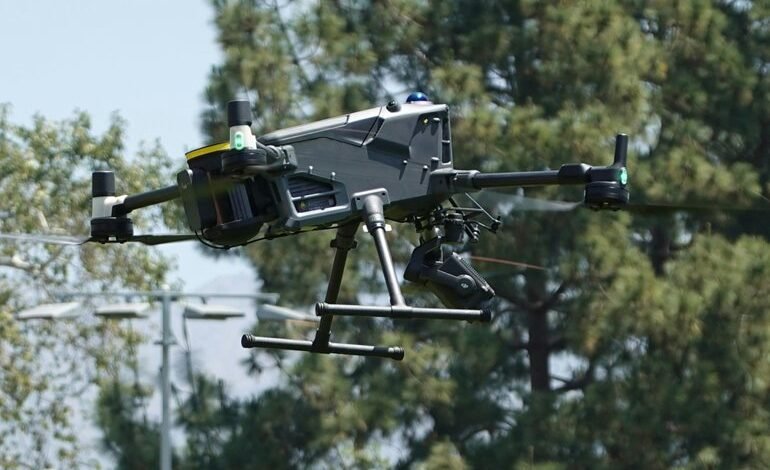Caller Integrity Surveillance Compliance Security Branch 3509936914 3896441060 3459762014 3272080296 3895577396 3516020747

Caller integrity surveillance serves as a cornerstone for secure communication within modern networks. The Security Branch implements rigorous compliance measures to ensure that these surveillance practices align with legal standards. However, the landscape is fraught with challenges, particularly as communication threats continue to evolve. Understanding how the branch navigates these complexities reveals critical insights into the balance between security and individual freedoms. What strategies might emerge in response to these ongoing challenges?
The Role of Caller Integrity Surveillance in Communication Security
Although communication technologies have advanced significantly, ensuring the integrity of caller identities remains a critical component of communication security.
Caller integrity surveillance plays a vital role in this domain by implementing robust caller verification and identity authentication processes. These measures mitigate risks associated with impersonation and fraud, fostering a secure communication environment that upholds individuals’ freedom and trust in their interactions across various platforms.
Compliance Measures Implemented by the Security Branch
The Security Branch implements a series of compliance measures designed to reinforce caller integrity surveillance within the communication framework.
These measures include stringent compliance protocols that govern the monitoring processes, ensuring adherence to legal standards.
Additionally, regular security audits are conducted to evaluate the effectiveness of these protocols, thereby fostering accountability and transparency in operations while safeguarding individual freedoms within the surveillance environment.
Challenges Faced by Caller Integrity Surveillance
Compliance measures established by the Security Branch, while vital for maintaining accountability and legal adherence, face several inherent challenges in the realm of caller integrity surveillance.
Caller authentication challenges arise from the diverse methods employed by malicious actors, complicating the verification process.
Additionally, surveillance technology limitations hinder the ability to effectively monitor and analyze communication, ultimately undermining the integrity of the surveillance system.
Adapting to the Evolving Landscape of Communication Threats
An increasing number of communication threats necessitates a proactive approach to adapting surveillance strategies in the realm of caller integrity.
Organizations must focus on technology adaptation to effectively counter emerging threats, ensuring robust security measures are in place.
Conclusion
In conclusion, the effectiveness of caller integrity surveillance is akin to a vigilant lighthouse guiding ships through treacherous waters. As communication threats become increasingly sophisticated, the Security Branch’s compliance measures act as the beacon of safety, ensuring that navigators—both individuals and organizations—remain aware of potential dangers. The continuous evolution of these strategies not only fosters accountability but also protects the sanctity of personal freedoms, highlighting the delicate balance between security and individual rights in an ever-changing digital landscape.



